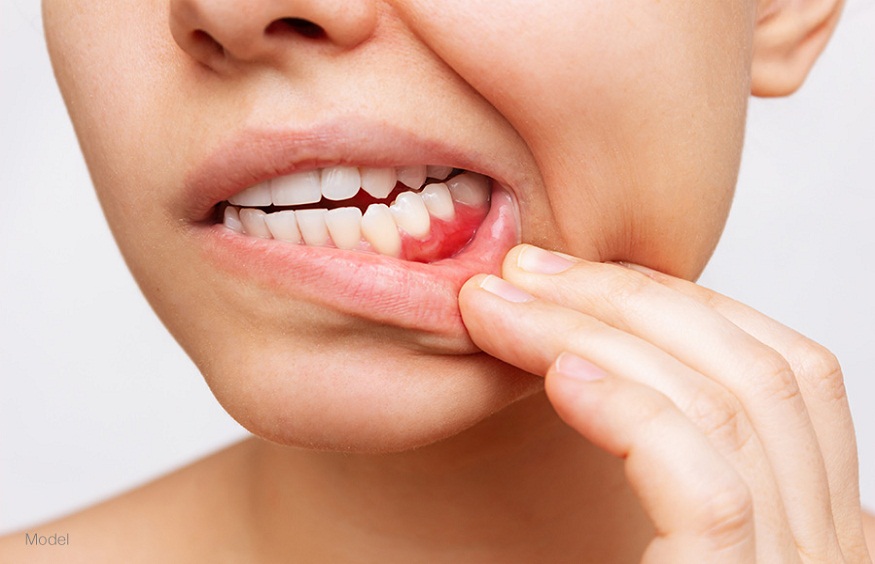Scaling is done to treat gum diseases by cleaning the portion below the gums. Gum diseases are becoming more prevalent because of improper handling of oral health. Residents in Oshawa should remain cautious about their oral health. There is a sticky bacteria called plaque that leads to gingivitis or gum disease.
While plaque actually forms on your teeth at all times, proper cleaning can help avoid getting gingivitis. If you clean your teeth properly, the bacteria can cause inflammation. If such a thing takes place, then your gum line can start to recede, and a thing called “pockets” (spaces) can start to form.
Then, the plaque can begin to get trapped in these spaces, and it will become difficult for you to clean them. It will not be cleaned by regular brushing. If you leave such a thing untreated, gum disease can become worse and may even lead to bone loss, or you may even have to lose your tooth.
However, if you get your gum disease treated early on or if you seek help from a professional, then things can become better. The Oshawa dentist office can provide solutions for your gum-related issues.
What is the procedure for scaling and root planning?
It is divided into two parts: scaling, as discussed before, is when you try to get rid of plaque buildup and tartar, which is there above your gum line and below as well. This is done to ensure that cleaning is thorough and pockets are cleaned in the right way.
After this is done, root planning will be followed once scaling is completed. Your dentist will smooth out the roots. The gums will be able to get attached again to your teeth. The duration might differ for different people, and it usually takes more than one visit. There might be a need for local anesthesia as well.
What are the tips for aftercare?
Once the cleaning is thoroughly done, you might experience pain for a couple of days. You will also have sensitivity for a week. The gums can be swollen, too, and might bleed for some time. In order to avoid getting an infection, the dentist may give you medication to manage the pain and heal faster.
The medication may also need to be put in the pockets directly. Subantimicrobial-dose doxycycline is the name of the medication that is used for the purpose. This is put directly into those pockets to help heal and reduce the inflammation as well. After this, you may need to make another visit to your dental clinic.
The dentist will see if your gums are adequately healed or not. The depth will also be checked to see if the pockets are getting any better or not. If the depth is increased, then the treatment will have to be extended further.
Once you get to your home, you need to give extra care to your teeth. If you want your gum disease to be in control or not become severe, you need to ensure that these things are taken care of. Some of the basic things you can do are:
- Brushing at least twice a day and flossing once a day.
- Make sure you are using a soft-bristled brush.
- Between your teeth, they need to be nicely cleaned as well.
- Have a balanced diet, and make sure you are including everything in the right amount.
- Do not have tobacco for a while or smoke.
- Go for routine checkups as well to ensure that your oral health is in check.
Reach out to a dentist today!
If you are seeing any of the symptoms of gum disease, try to get it checked as soon as possible. Delaying or overlooking the signs can not only make your condition worse but also cost you a lot more.
Thus, in order to avoid these things, you need to visit the dentist on time. Once the gum disease is worsened, your tooth will have to be taken out.

